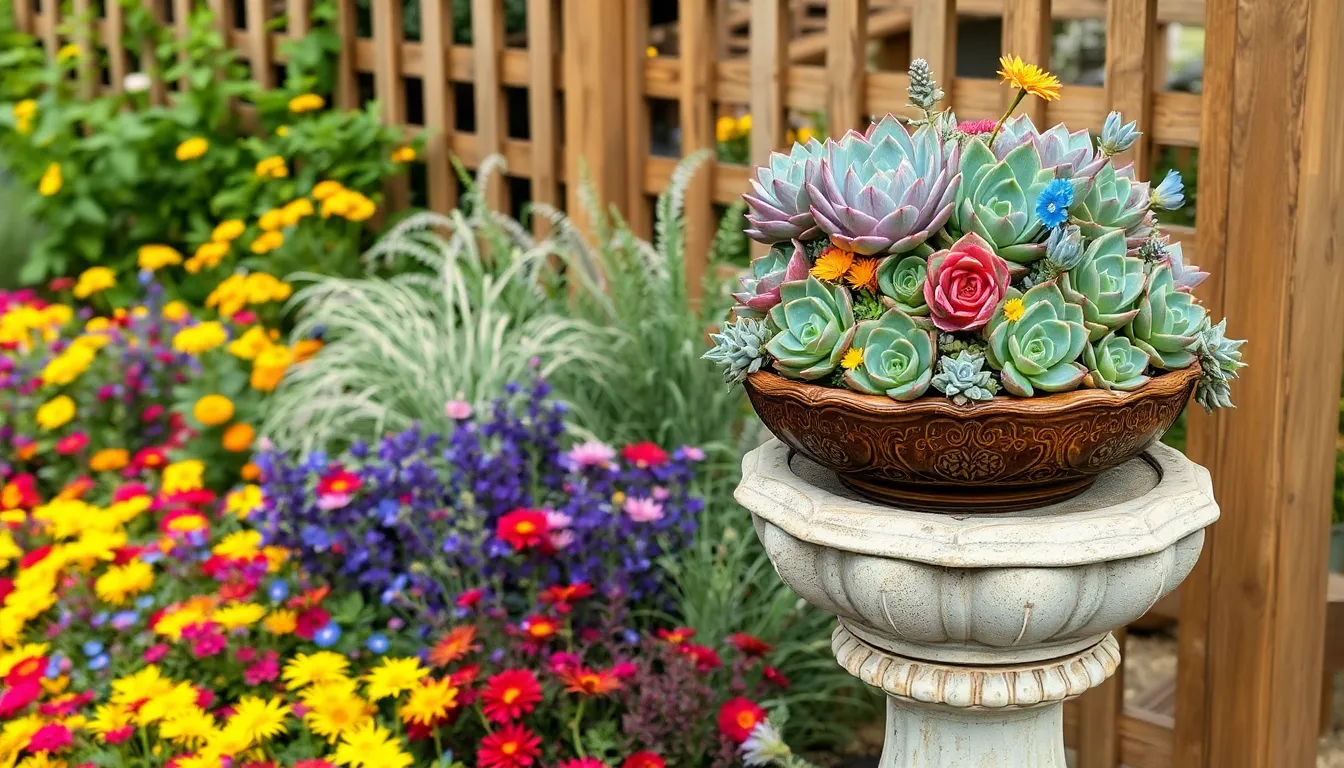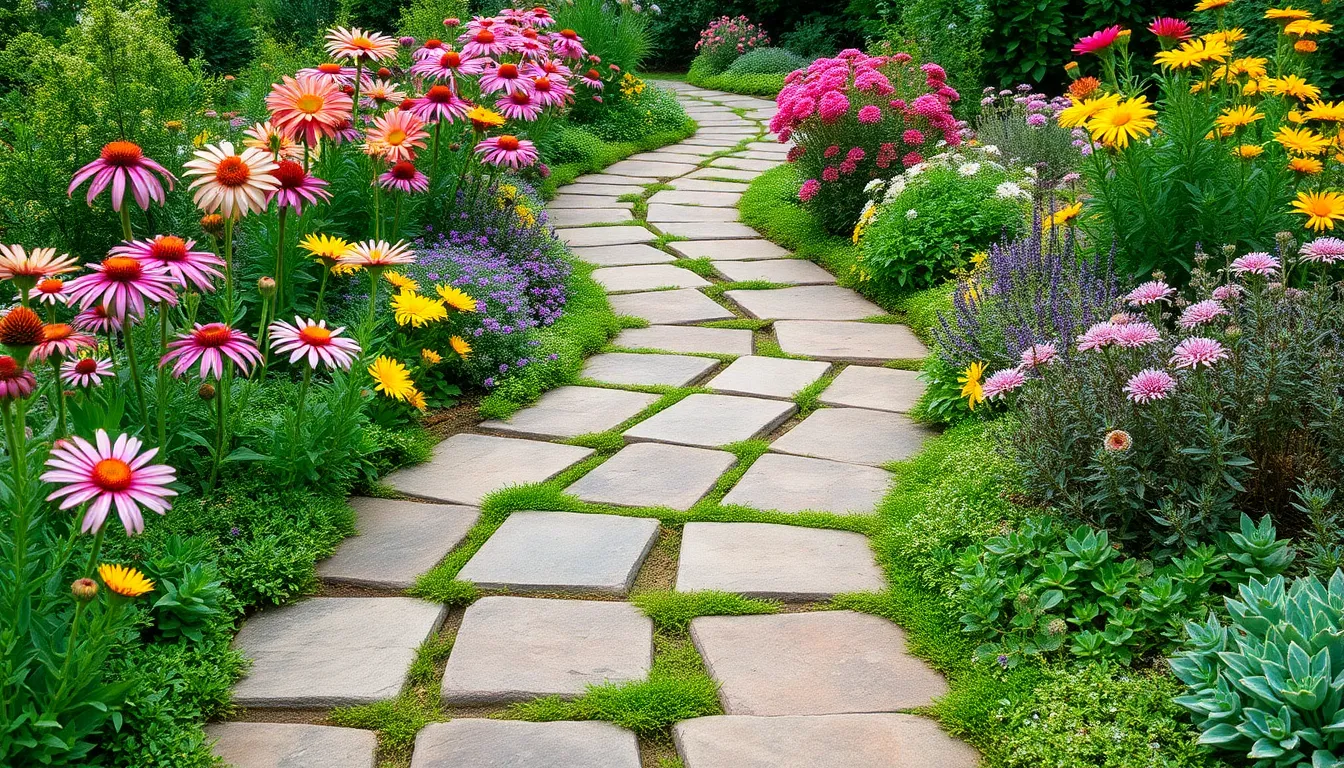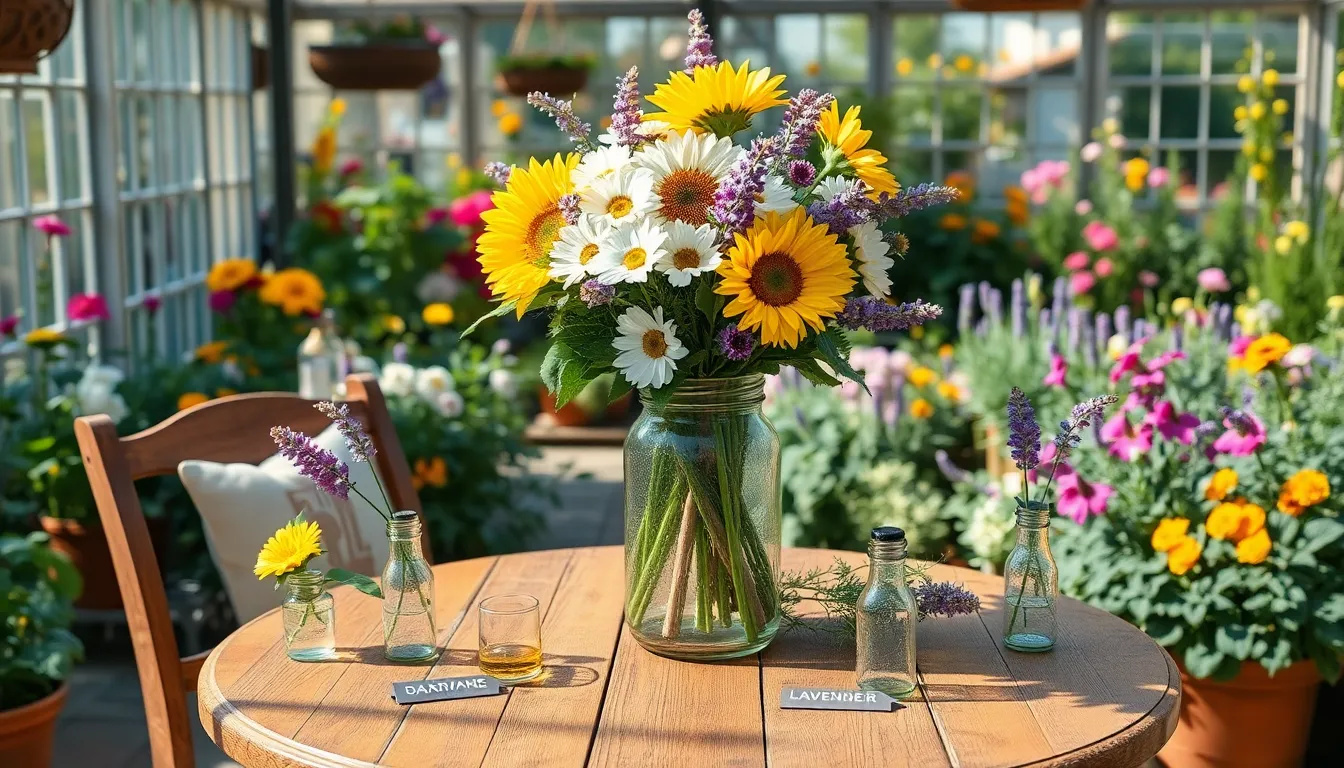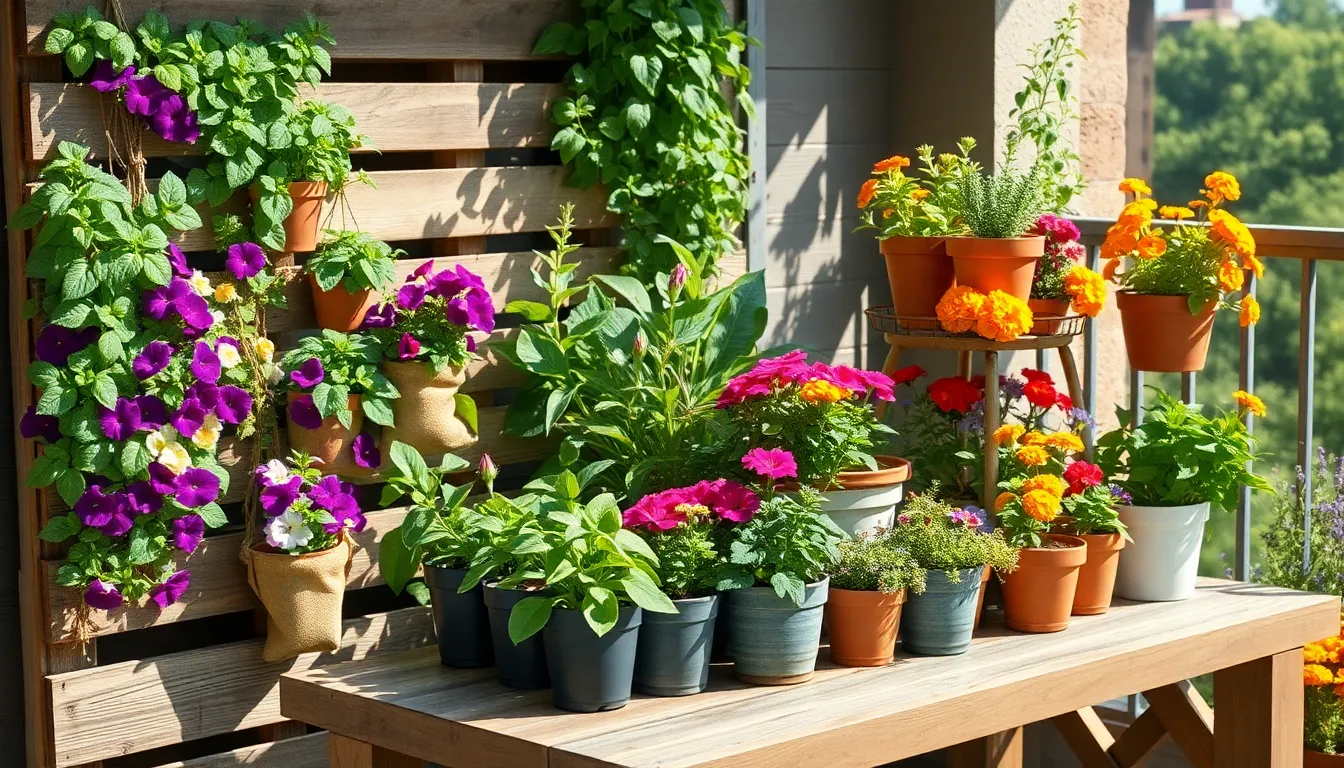Welcome to a world where your garden’s edges become the canvas for your creativity! Whether you’re planting your very first seed or have years of dirt under your nails, “Creative Ideas for Garden Border Designs” is your gateway to transforming the borders of your garden into stunning, personalized masterpieces. This guide is packed with fresh, innovative ideas that will inspire you to reimagine the boundaries of your outdoor space, ensuring every glance at your garden brings a smile to your face.
Imagine strolling through your garden, where each border not only defines space but also tells a story of color, texture, and life. This guide offers a treasure trove of practical techniques that promise to enhance the beauty and functionality of your garden, making it a place of pride and joy. With detailed, easy-to-follow suggestions, you’ll gain the confidence to experiment and succeed, creating border designs that reflect your unique style while harmonizing with nature. Whether you’re looking to add structure, boost biodiversity, or simply want to indulge in the sheer pleasure of gardening, this guide is your companion on a fulfilling, creative journey.
Incorporate Decorative Edging Materials
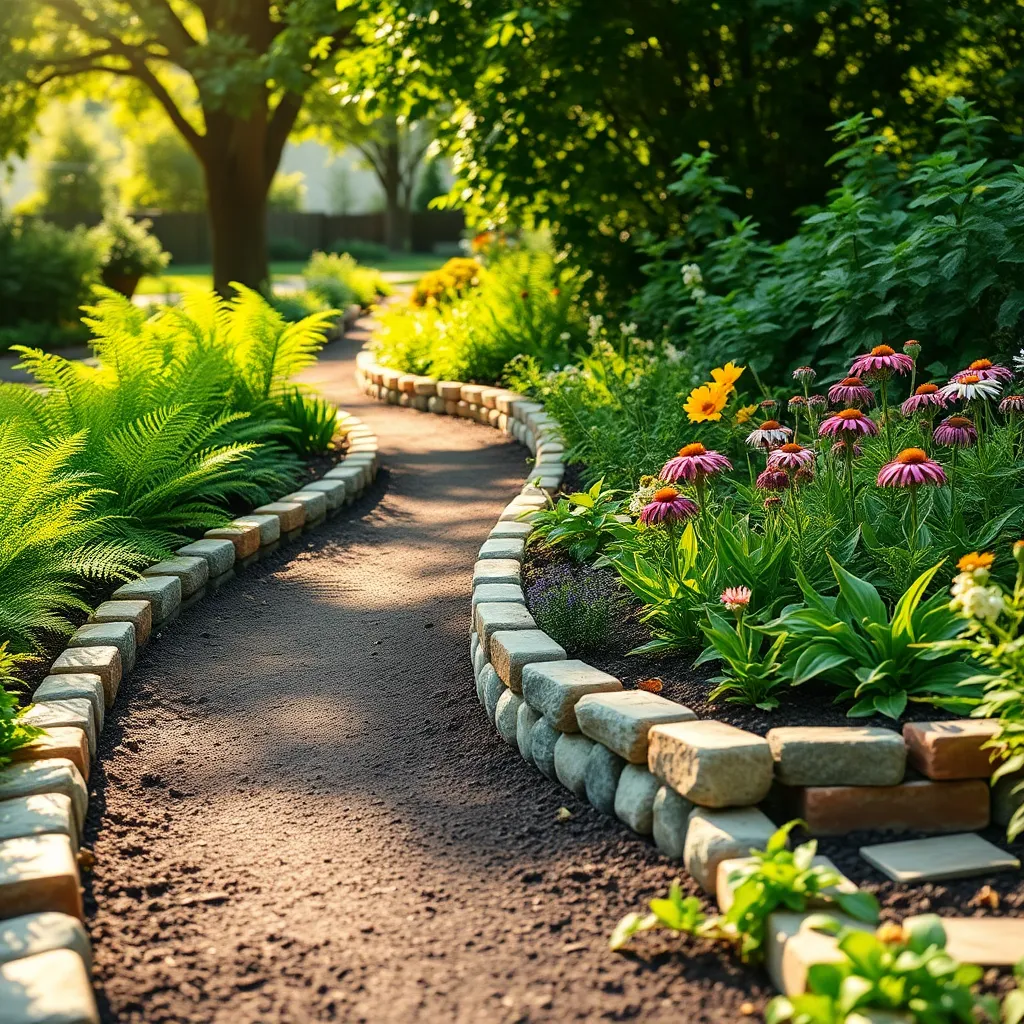
Decorative edging materials can transform your garden’s appearance by providing a neat, organized look. Stone, brick, and wood are popular choices that offer durability and aesthetic appeal.
Using stone edging can create a natural, rustic look that complements various garden styles. Ensure stones are securely placed; this will prevent shifting and maintain a tidy border over time.
Bricks are ideal for creating a classic garden border with a timeless appearance. Lay them in a staggered pattern to enhance stability and prevent soil erosion from heavy rains.
Wooden edging offers a warm, organic touch to your garden, suitable for both formal and informal designs. Choose rot-resistant woods like cedar or redwood, and apply a protective sealant to extend their lifespan.
For a more creative approach, consider using recycled materials such as wine bottles or seashells for unique edging. These options add personality while also being environmentally friendly and cost-effective.
When installing any type of edging, ensure the ground is level to achieve a uniform look. Regular maintenance, such as clearing debris and occasional repositioning, will keep your garden borders looking their best.
Plant Low-Growing Shrub Borders
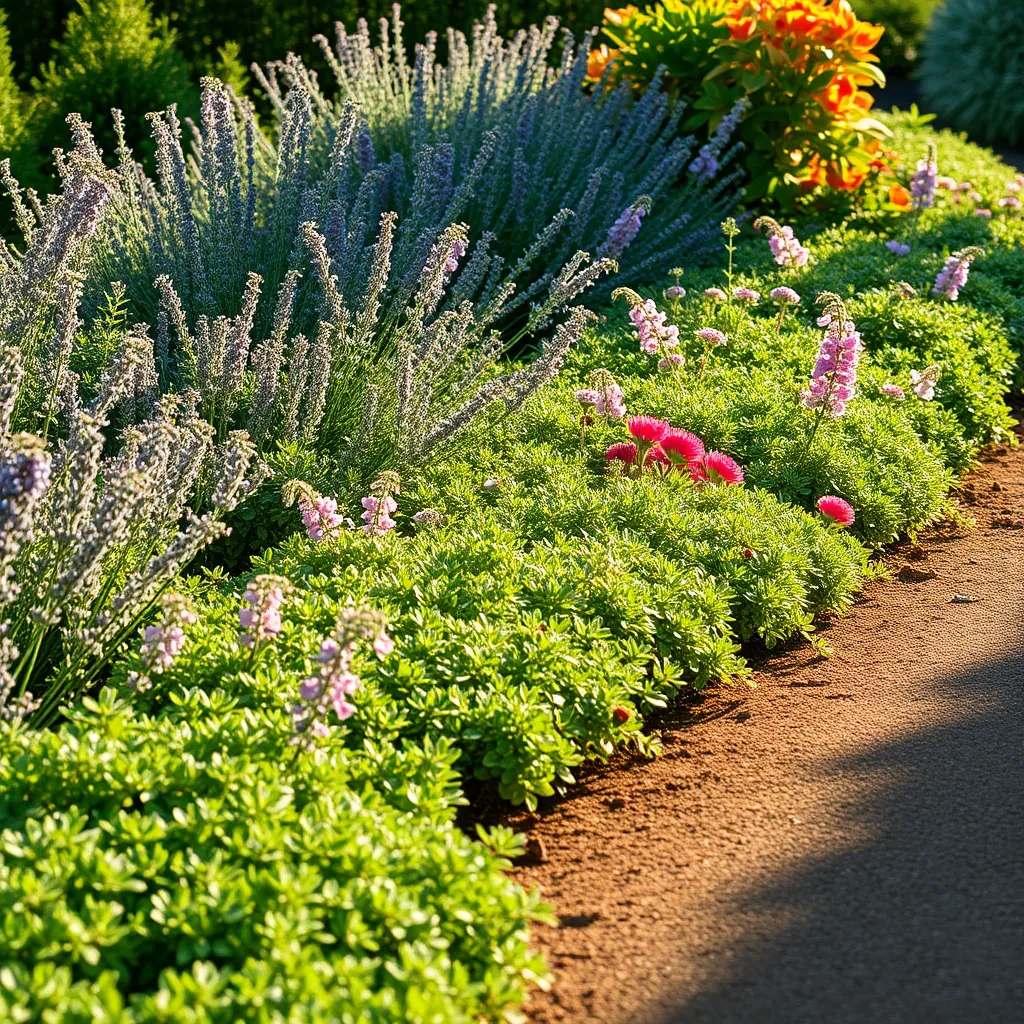
Low-growing shrub borders offer a lush, green framework that can define garden spaces beautifully. When selecting shrubs for borders, consider varieties like boxwood, lavender, or dwarf Japanese holly, which maintain a compact form and provide year-round interest.
Planting low-growing shrubs requires careful attention to spacing to ensure healthy growth and air circulation. Aim for a distance of 12 to 24 inches between each plant, depending on the mature size of the shrub species you’ve chosen.
Soil quality is crucial for the success of your shrub border. Ensure the soil is well-drained and enriched with organic matter, such as compost or aged manure, to provide the nutrients these plants need to thrive.
Watering practices are also important, especially during the establishment phase. Water deeply but infrequently to encourage deep root growth, typically providing 1 to 2 inches of water per week in the absence of rain.
Use Colorful Perennials Strategically
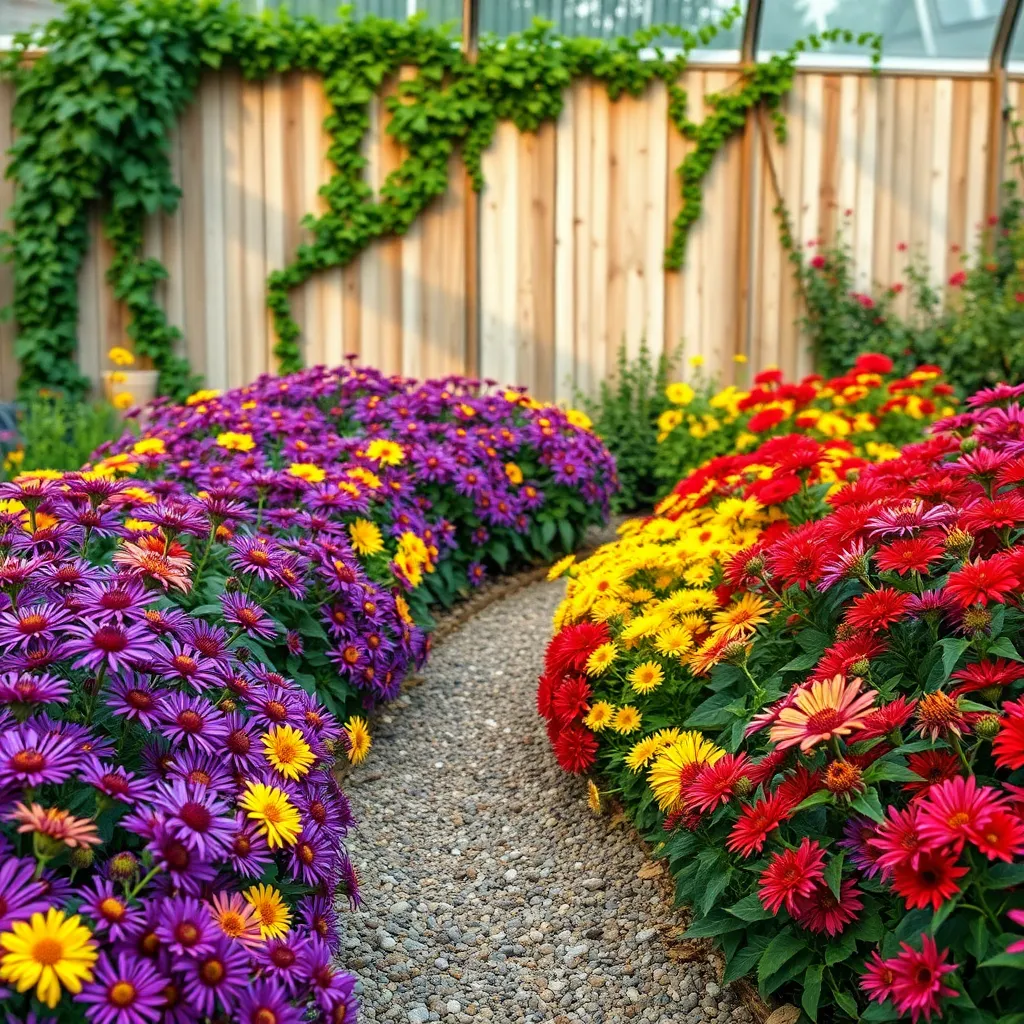
Incorporating colorful perennials into your garden borders can dramatically enhance visual appeal. Select plants that will thrive in your local climate, as this ensures vibrant blooms and reduces maintenance needs.
To make the most of your colorful perennials, consider planting them in groups. This technique creates a bold visual impact, especially when using species that offer contrasting colors.
When selecting perennials, pay attention to bloom time to ensure your garden has color throughout the growing season. Mixing early, mid, and late-blooming varieties guarantees a dynamic display from spring through fall.
It’s crucial to understand the specific growing conditions each perennial requires. Most perennials thrive in well-drained soil with moderate watering, but some may prefer more specific conditions such as shade or full sun.
For more advanced gardeners, experimenting with height variations can add depth to your borders. Taller perennials like delphiniums can be placed at the back, while lower-growers like geraniums can fill the front.
Regular maintenance is key to keeping your colorful perennials healthy and prolific. Deadhead spent flowers to encourage more blooms and improve the overall aesthetics of your garden borders.
Integrate Raised Beds Creatively
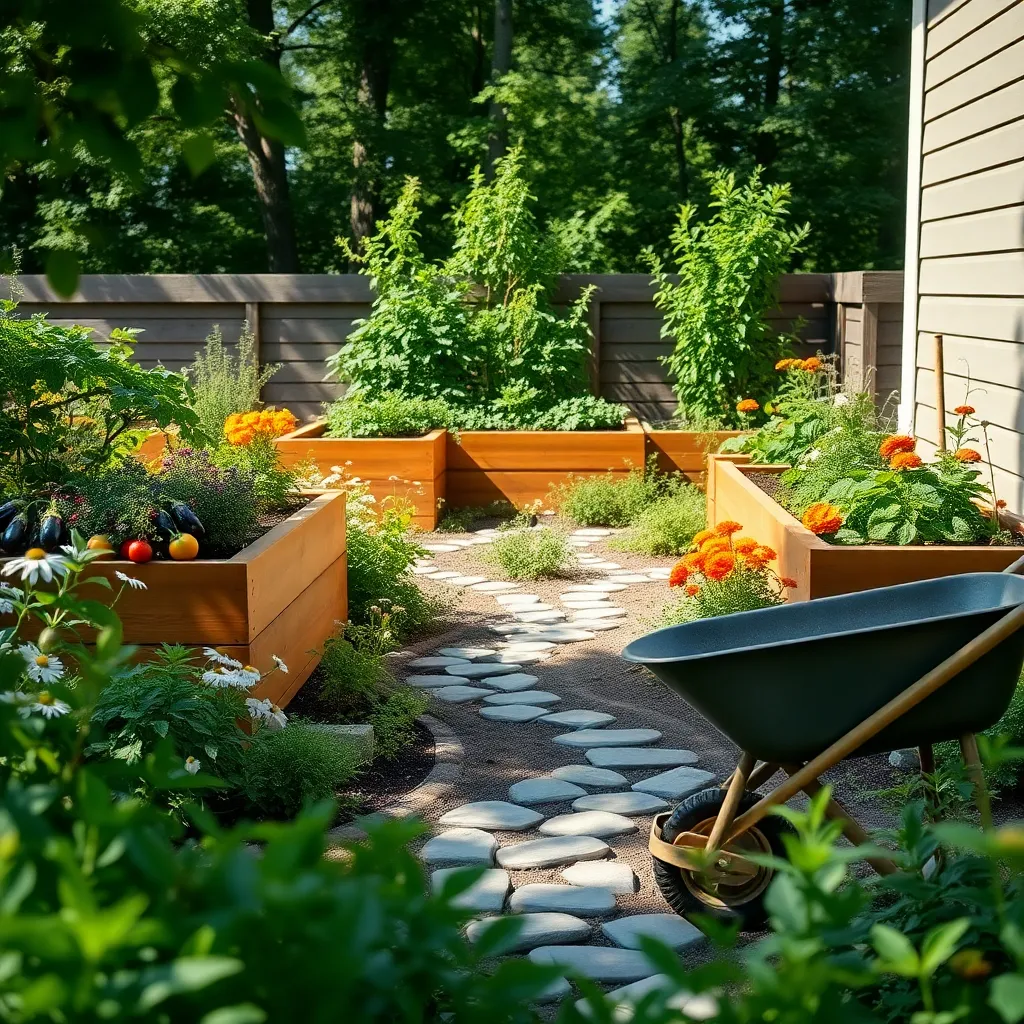
Raised beds can be a wonderful addition to your garden, offering both functional and aesthetic benefits. By elevating your planting area, you can improve drainage and soil quality, making it easier to grow a variety of plants.
Consider using reclaimed wood or stone to construct your raised beds for a rustic and eco-friendly look. These materials not only enhance your garden’s appearance but also provide durability and longevity, standing up well to weather fluctuations.
When planning your raised beds, think about incorporating companion planting techniques to maximize space and plant health. For example, pairing leafy greens like lettuce with taller plants such as tomatoes can provide natural shade and reduce water evaporation.
For those with limited space, vertical gardening within raised beds can be a game-changer. Utilizing trellises or frames allows you to grow climbing plants like beans and peas, creating a lush, green wall that is both beautiful and productive.
Add Pathways with Natural Stones
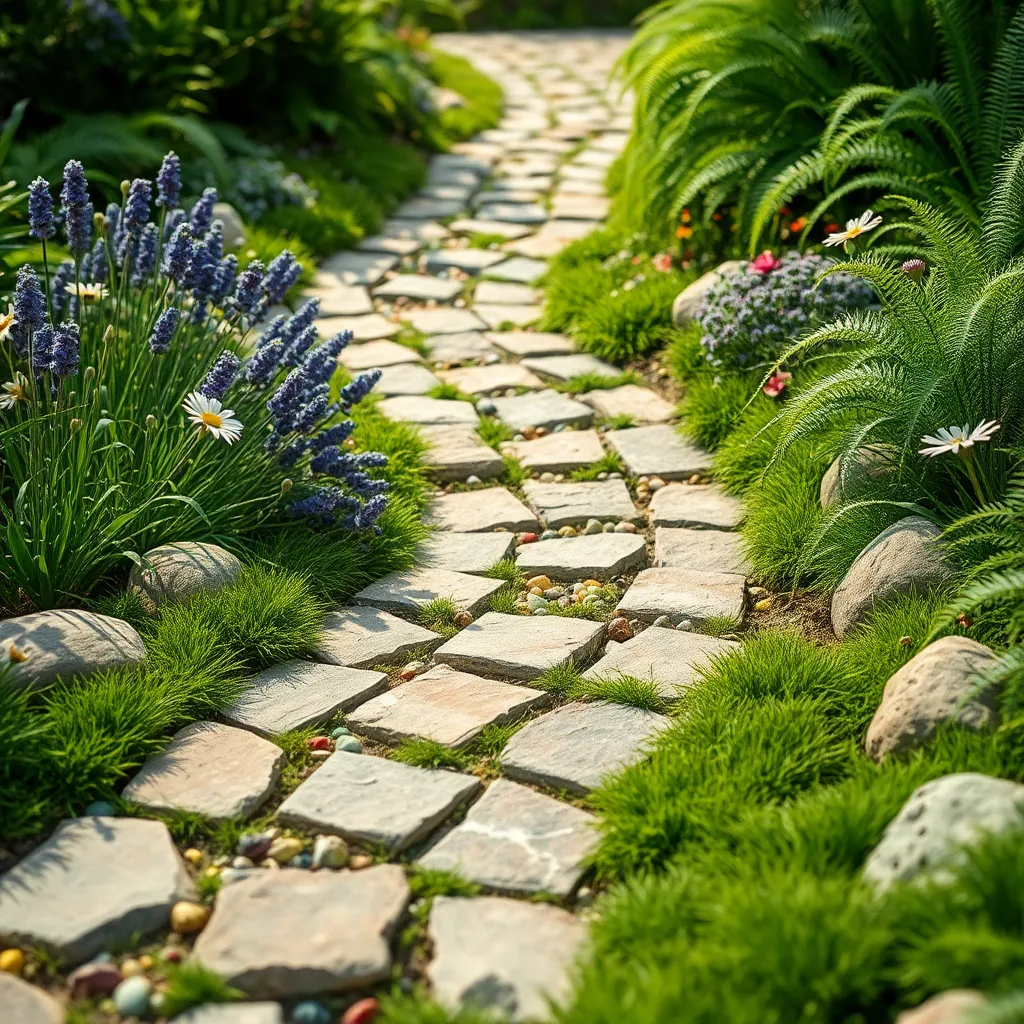
Natural stone pathways can transform your garden by adding both functionality and beauty. Begin by selecting stones that complement your garden’s existing color palette, ensuring a harmonious blend with the surrounding landscape.
Consider using locally sourced stones, as they tend to be more affordable and environmentally friendly. Flagstone, slate, and limestone are popular choices due to their durability and attractive appearance.
Lay out your path by first marking the desired route with stakes and string. This helps you to visualize the path’s flow and make necessary adjustments before placing any stones.
For beginner gardeners, start by digging a trench about 4-6 inches deep along the path’s outline. Fill the trench with a layer of crushed gravel to improve drainage and stabilize the stones.
Place each stone carefully, ensuring they are level and stable enough to walk on without wobbling. Use a sand or fine gravel mix to fill gaps between stones, which will help to lock them in place and prevent weeds.
Advanced gardeners might try incorporating different stone sizes and shapes for a more dynamic look. Consider planting low-growing, drought-tolerant plants like thyme or moss between the stones for added texture and color.
Conclusion: Growing Success with These Plants
In exploring the art of garden border designs, we’ve uncovered five essential relationship concepts: the importance of setting boundaries, the need for creativity and adaptability, the power of collaboration, nurturing growth through patience, and the impact of regular care and maintenance. Just as a well-designed garden requires thoughtful planning and attention, so too do our relationships thrive when we apply these principles.
As your next actionable step, choose one relationship in your life that could benefit from a little creative attention. Think about how you might set clearer boundaries, introduce a fresh approach, or invest more time and care into nurturing it. Whether it’s planning a special date or setting aside time for a heartfelt conversation, small actions can lead to flourishing connections.
Remember to bookmark this article as a handy reference guide. Whenever you need a boost of inspiration to cultivate healthier relationships, return to these concepts. As you nurture your connections with creativity and care, you’re not just designing a beautiful garden but also planting the seeds for long-term relationship success. Embrace the journey, and watch your relationships blossom.

